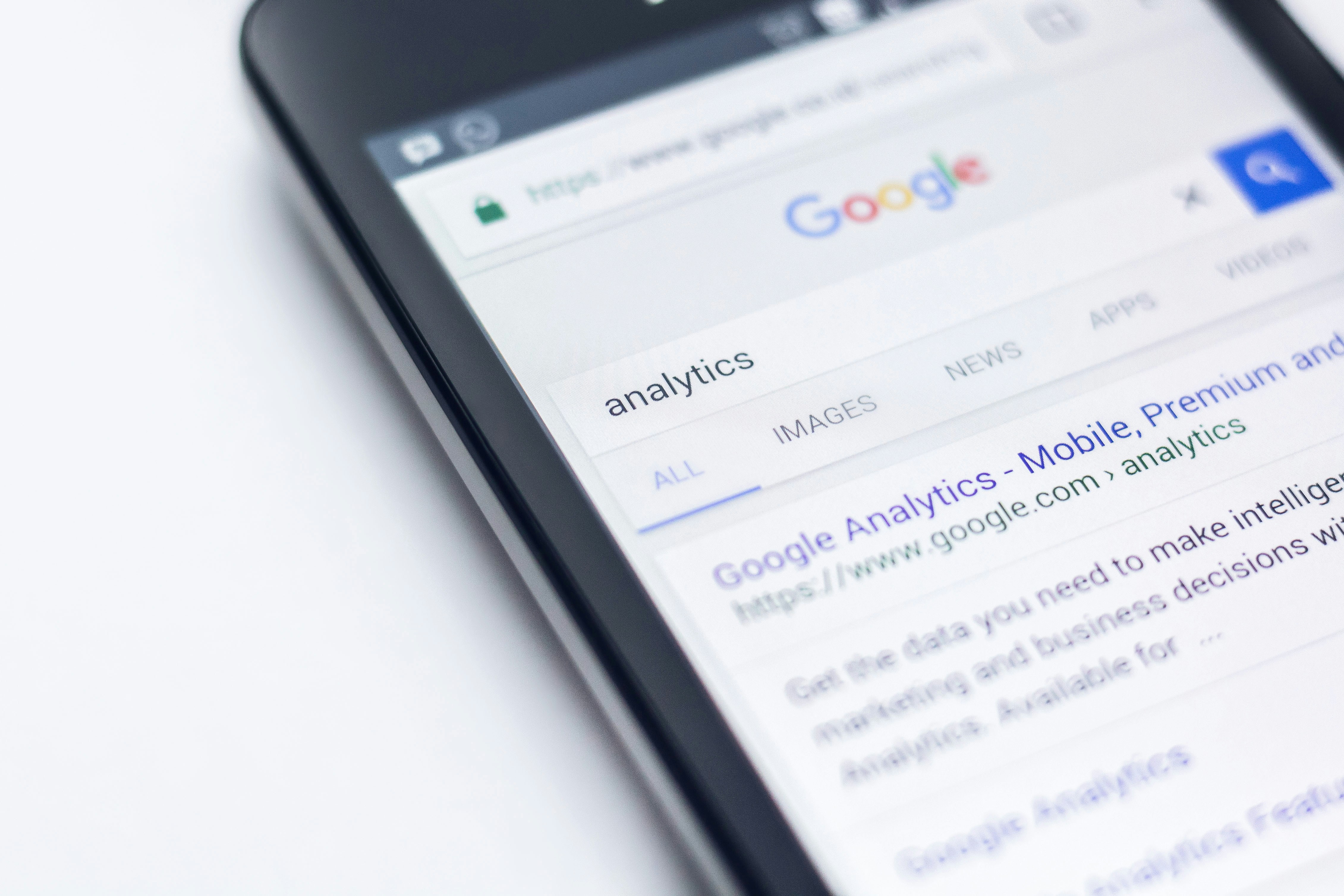
Digital Marketing Glossary 2024
In the ever-evolving world of digital marketing, staying abreast of the terminology is crucial. This glossary serves as a comprehensive guide to understanding the key terms and concepts in digital marketing. Whether you’re a seasoned professional or a newcomer, this glossary will help you navigate the digital marketing landscape with ease.
Digital Marketing: Marketing using digital technologies and channels.
SEO and Content Marketing
- SEO (Search Engine Optimisation): Optimising a website to rank higher in search engine results.
- A/B Split Testing: Comparing two versions of a webpage or ad to see which performs better.
- Backlink: An external link pointing to your website, valuable for SEO.
- Blackhat SEO: Unethical SEO practices that violate search engine guidelines.
- Content Categorisation: Organising web pages based on their purpose or content type.
- Keyword: Search terms used by people to find information online.
- Link Building: The process of getting other websites to link back to your site.
- KPI (Key Performance Indicator): Metrics demonstrating marketing effectiveness.
- Evergreen Content: Timeless, always relevant content like how-to guides
- Title Tag: A brief, precise title for a web page, displayed in search engine results and browser tabs, crucial for SEO and user experience.
- Meta Description: A concise summary of a web page’s content, shown under the title in search results, influencing click-through rates but not SEO rankings.
- Meta Data: Information embedded in a web page’s HTML, providing search engines and browsers with details about the page’s content, purpose, and structure.
- Featured Snippet: A search result box answering queries directly on the results page.
Website Optimisation
- 301 Permanent Redirect: A server response indicating a URL has permanently moved to a new address. It automatically redirects the browser to this new location.
- 404 Not Found: This status code appears when a server can’t find the requested page or file.
- Breadcrumbs: Navigation aids showing the user’s path to their current page location.
- Canonical Tag/Rel=Canonical: An HTML element specifying the preferred version of a web page to avoid duplicate content issues.
- Nofollow/rel=”nofollow“: An attribute instructing search engines not to follow a link, thus not passing link equity, often used to avoid endorsing practices like link buying.
- Core Web Vitals (CWV): Google’s set of metrics for evaluating a website’s user experience, including loading performance, interactivity, and visual stability.
- CSS: Short for “Cascading Style Sheets,” it’s used for styling and laying out web pages.
- HTML: Stands for “HyperText Markup Language,” the standard language for creating web pages.
- HTTPS: An encrypted version of HTTP, ensuring secure communication over networks.
- Landing Page: The first page a visitor lands on, often used in marketing campaigns to drive specific actions.
- CRO (Conversion Rate Optimisation): Enhancing a website to increase the percentage of conversions.
- Long-Tail Keywords: Specific, lower search volume keywords.
- DR (Domain Rating): A metric for a website’s authority and ranking potential.
- Broken Links: Non-functional links due to missing or error pages.
Social Media and Engagement
- Engagement Rate: A metric showing the level of engagement (likes, shares, comments) relative to the number of followers or viewers.
- Facebook Business Page: A public profile specifically created for businesses on Facebook.
- Hashtag: A word or phrase preceded by a hash sign (#), used on social media for linking content to specific topics.
- Instagram Advertising: Paying to display ads on the Instagram platform.
Advertising and Paid Media
- Ad Extensions: Additional information under a Google Ad, like site links or pricing, enhances the ad’s visibility.
- Ad Group: A collection of ads in a campaign targeting a shared set of keywords.
- Bid Strategy: A Google Ads feature allowing advertisers to target specific campaign goals.
- Ad Relevance: The degree of relatedness between keywords and ads, crucial in paid search.
- CPA (Cost Per Acquisition): The cost incurred for each conversion or customer acquisition.
- CPC (Cost Per Click): The cost an advertiser pays per individual click on their ads.
- Facebook Advertising: Using Facebook’s platform to market products or services to its user base.
- Google Ads: Google’s online advertising platform for reaching consumers through search and display networks.
- Impression Share: The percentage of times an ad is shown out of the total eligible impressions in the market.
- Bid Strategy: A Google Ads approach to align bidding with marketing goals, offering various payment options like per click, conversion, or impression.
Analytics and Performance Measurement
- Bounce Rate: The percentage of visitors who leave a site after viewing only one page.
- Conversion Rate: The percentage of visitors who take a desired action on a site.
- Google Analytics: A tool for tracking website performance and user behaviour.
- KPI (Key Performance Indicator): A measurable value that demonstrates how effectively a company achieves key business objectives.
- Impression: The count of website or ad views.
Technical Aspects
- Crawler: Software that browses the web to index content for search engines.
- JavaScript: A programming language used to create interactive effects on web pages.
- XML Sitemap: A file listing a website’s important pages, making it easier for search engines to crawl the site.
Miscellaneous
- Cookies: Small data files stored on users’ devices to remember browsing activities and preferences.
- E-E-A-T (Experience, Expertise, Authoritativeness, and Trustworthiness): Google’s criteria for assessing the credibility of web pages.